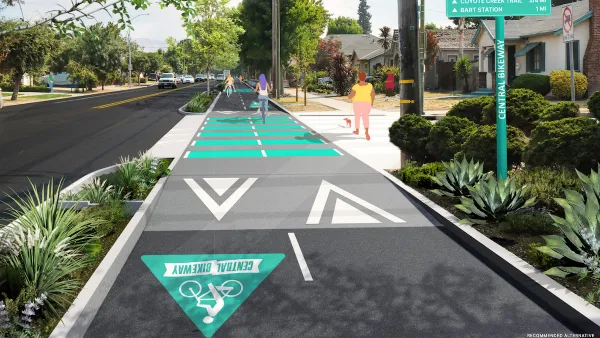For many people experiencing homelessness, the process of finding and keeping a job is fraught with challenges.

An article in the Urban Institute’s Urban Wire by Maureen Sarver explains why it’s often difficult for people experiencing homelessness to maintain employment that pays enough to cover the cost of housing.
According to Sarver, “A recent study found that 53 percent of adults sleeping in homeless shelters and 40 percent of people sleeping on the street or other places not intended for sleeping were employed during the same year they had experienced homelessness. Even when people are employed, their incomes still aren’t high enough to afford housing in short supply.”
The article points to systemic barriers that prevent people from getting and keeping employment, providing suggestions for how “homelessness response and workforce development systems should work together to target resources to help people find a stable job and stable housing.”
For many unhoused people, basic requirements for employment such as an ID, professional clothing, or mobility can be hard to come by, so programs that address these gaps can help people secure employment and housing. “Employment is not a magic bullet for solving homelessness, but homelessness is still a solvable problem that requires sustained commitment from local communities and the federal government. By making efforts that combine housing and employment supports, policymakers at all levels can better address their communities’ needs.”
FULL STORY: Why Is It So Hard for People Experiencing Homelessness to “Just Go Get a Job?”

Planetizen Federal Action Tracker
A weekly monitor of how Trump’s orders and actions are impacting planners and planning in America.

In Praise of Analog Cities: Futureproofing in a Time of Crisis
I didn’t need a pandemic or a war to teach me that smart cities weren’t the future — but it sure drove the message home.

Silicon Valley ‘Bike Superhighway’ Awarded $14M State Grant
A Caltrans grant brings the 10-mile Central Bikeway project connecting Santa Clara and East San Jose closer to fruition.

Tesla Announced Human-Assisted Robotaxi Launch in San Francisco — But State Regulators Say Otherwise
The electric carmaker appears to be both-sides-ing its impending launch, telling regulators it will have human drivers on board while touting the project as ‘robotaxis’ to investors.

Indianapolis Encourages Tactical Urbanism With Lending Library, Grant Program
Residents can apply to receive assistance with traffic calming projects that can provide valuable data and lead to permanent changes.

Jacksonville Completes Park Street Road Diet
The half-mile corridor now features new bike lanes and sidewalks, as well as roundabouts and new landscaping.
Urban Design for Planners 1: Software Tools
This six-course series explores essential urban design concepts using open source software and equips planners with the tools they need to participate fully in the urban design process.
Planning for Universal Design
Learn the tools for implementing Universal Design in planning regulations.
Yukon Government
Caltrans
New Jersey Institute of Technology
Mpact (founded as Rail~Volution)
City of Camden Redevelopment Agency
City of Norman, Oklahoma
City of Portland
City of Laramie





























